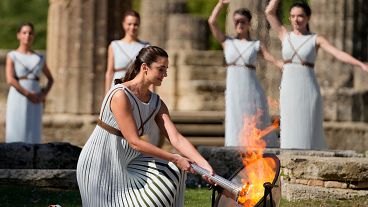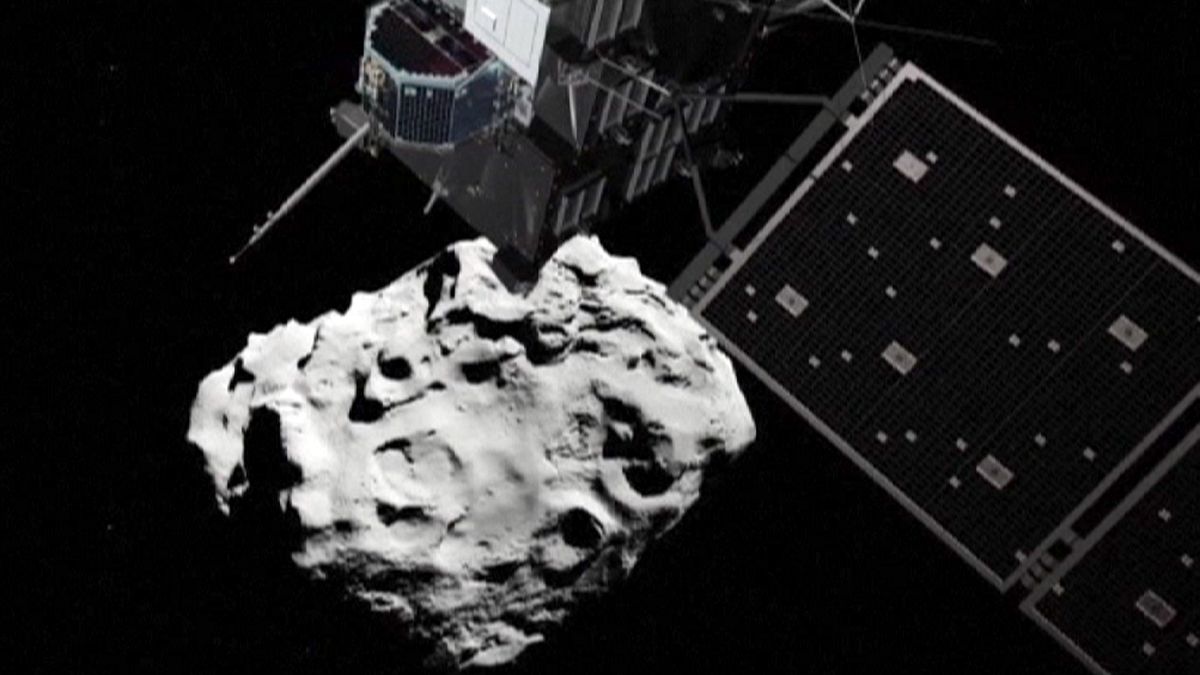It went into hibernation last Nov. 15. Now Philae is awake again. Before release, the lander on the comet ‘Tchouri’ had spent more than 10 years on
It went into hibernation last Nov. 15. Now Philae is awake again.
Before release, the lander on the comet ‘Tchouri’ had spent more than 10 years on board the Rosetta probe’s 6.4 billion km journey from Earth.
Starved of power, it then took a seven-month break, but as the comet got closer to the sun, its solar panels began to feed it.
When the lander first touched down, European Space Agency mission control in Darmstadt, Germany went wild!
Project manager Stephan Ulamec said: “Okay, so we are there and Philae is talking to us! First things he told us was that the harpoons have been fired, rewound, and the landing gear has been moved inside. So we are sitting on the surface, Philae is talking to us.”
The 100kg robot has been sitting there like a feather, the comet’s gravity is so weak. When it touched down, it bounced twice, coming to rest two kilometres from the intended site before it got its claws into the surface — harpoons — and got down to business.
But it was in a shady spot, so its batteries didn’t get enough solar power, and it stopped its scientific work 57 hours later. Reams of data were never sent.
All the people behind Rosetta have been worried they might never hear from Philae again. Until now.
Ulamec again, when the silence was broken, said: “Tonight, since the long period of the hibernation of the Philae lander we did again receive a signal, a sign of life from the lander, for about 85 seconds. But we got housekeeping data on the status, temperature, power as generated by the solar generator, so it appears the lander is healthy, it’s operational.”
Now the race is on to extract as much as possible from Philae’s memory of tests done on the comet — searching for clues about how our solar system formed — while Tchouri and Philae drift sunwards and then orbit away in a few months.
Euronews reporter Claudio Rosmino spoke to Paolo Ferri head of European Space Agency Missions.
Claudio Rosmino: “The last time we spoke was in November when Philae had landed succesfully on the comet. Is the mission now entering a new, crucial phase?”
Paolo Ferri: “The mission was already at a crucial phase back then it was a time of great activity on the comet. Rosetta was doing an amazing job. The awakening of Philae brings a new perspective a new and positive perspective.”
Claudio Rosmino: “Its been seven months since the last contact with the lander, did you believe this moment would happen?”
Paolo Ferri:“Just think for seven months this highly complex, sensitive electronic device has been exposed to temperatures of minus 100 degrees celcius. I knew it would be difficult to wake up. As time passed I became more and more pessimistic, everyone said “Wait until July, that’s the limit, the last chance, so stay optimistic until July.” They were right.”
Claudio Rosmino: “Is Philae in good health and what are its next tasks?”
Paolo Ferri: “All Philae’s systems are active now, the survival systems, the primary computer, the thermal control system, output power and transmission, all crucial to us, seem to be working well. The temperature range appears positive and there is enough energy. What we don’t know is the status of the instruments.. our initial contact was limited.. we need more contact for more information. The principal sequence was tested last November, some of the tests gave interesting results, others gave insufficient data. We need to re-test. Also the comet is more active now and to repeat the tests could provide some interesting results.”
Claudio Rosmino: “How will the increased activity and its motion toward the sun influence the mission? And contribute to re-charging Philae’s batteries?”
Paolo Ferri: “From Philae’s point of view moving closer to the sun is very positive. Philae woke up because it’s closer to the sun. The surface is warmer, it’s the summer season right now.
On the other hand its negative for Rosetta, because Rosetta’s flight is more difficult and dirty, by dirty I mean it is surrounded by dust. So now we have to get away from the comet, but this is what we foresaw.
It is now around 200 km away. For Philae it would be better to be closer, but for Rosetta it is better to be away from the dust. This is a critical time and both will be monitored closely.”
Claudio Rosmino: “Have you identified where Philea is?”
“We will know for certain when we get closer to the comet and get some photographs this will happen later in the year. At the end of August we can get closer to the comet.”
Thank you Paolo Ferri.


